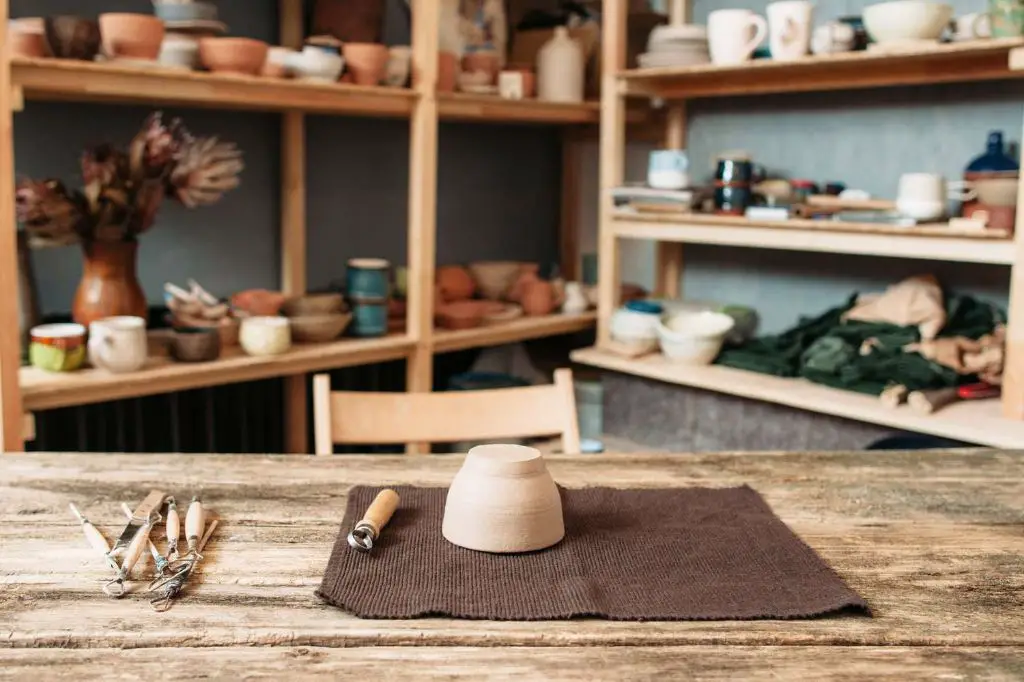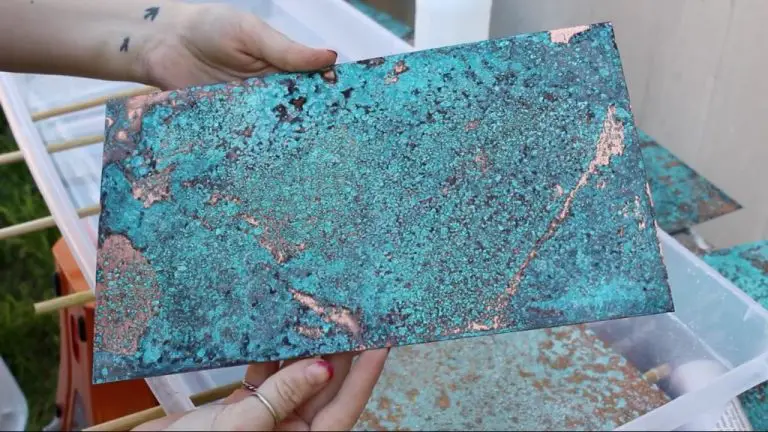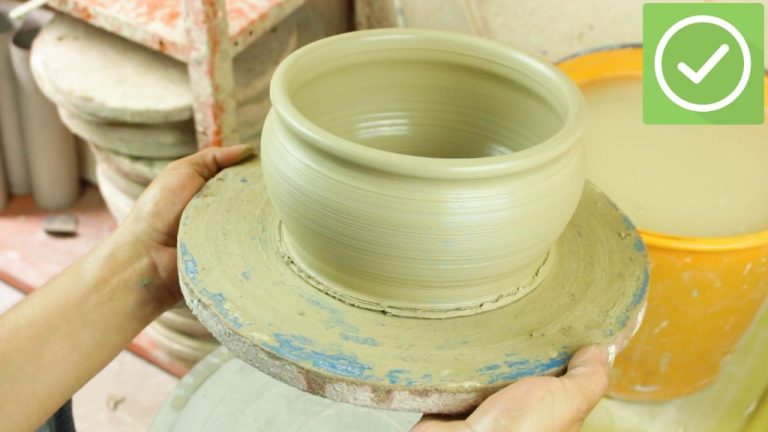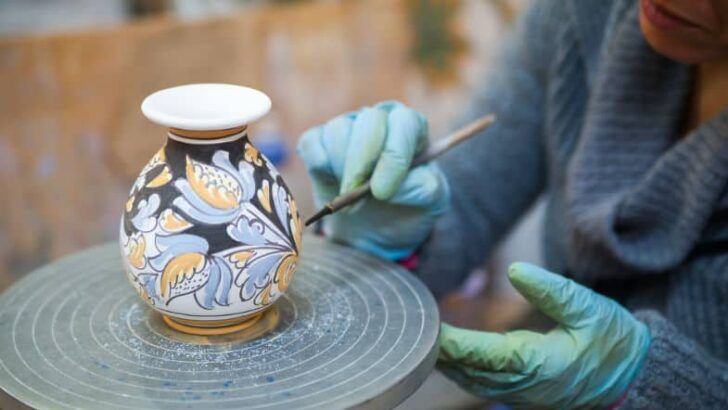How Do I Become A Ceramicist?
A ceramicist is an artist who creates functional and decorative objects out of clay using a variety of techniques (https://learn.rumie.org/jR/bytes/should-i-be-a-ceramist/). They design and handcraft items like tableware, tiles, pottery, and sculptures. The career path involves developing artistic skills through education and practice. Pros of being a ceramicist include the ability to make a living selling your art, the joy of creating with your hands, and the flexibility of being self-employed. Cons can include an unstable income, the high costs of materials and equipment, and the physical nature of the work.
Education Needed
Most ceramicists pursue some form of formal education in art or design to develop their skills. While a university degree is not always required, many choose to earn a Bachelor’s degree in Fine Arts (BFA) or Visual Arts with a focus on ceramics or sculpture (Source 1). Some common degrees for aspiring ceramicists include Ceramics, Pottery, Sculpture, 3D Design, Crafts, or Applied Arts.
Other options besides a 4-year degree include shorter certificate programs at art schools, apprenticeships with master ceramicists, or associate degrees from community colleges. Coursework covers topics like wheel throwing, hand building, glaze chemistry, kiln firing, and more. Aspiring ceramicists build a portfolio of work to showcase their style and skills. While formal education is not required, it helps develop technical skills and conceptual knowledge to succeed as a professional ceramicist.
Choosing a Ceramics Specialty
There are several common types of ceramic art to choose from as you develop your specialty. The main categories are pottery, sculpture, and tiles [1].
Pottery includes any functional vessels made from clay that can hold liquid or other contents. Examples are tableware like cups, plates, and bowls, as well as vases, jars, and ornamental pieces. Pottery can be made using techniques like throwing on a wheel, hand building, or molding [2].
Sculpture encompasses any ceramic artforms created mainly for decorative or artistic purposes rather than utility. Sculptures may depict figures, abstract shapes, animals, mythical creatures, or more. Some common techniques are hand building, carving, or molding [3].
Tiles refer to thin slabs made of ceramic clay that are used to cover surfaces like floors, walls, countertops, and more. Tiles can be painted with decorative designs or used plain. Mosaic art is made up of many small tiles assembled into an image [3].
Developing Your Style
Every ceramic artist has their own preferred materials, techniques and aesthetic that makes their work unique. Finding your distinctive style takes experimentation and practice. Expose yourself to a wide variety of ceramic artwork to identify what draws you in and inspires you. Make notes on shapes, glazes, patterns and firing methods that appeal to you. Don’t limit yourself to just functional pieces – explore sculptural and decorative ceramics as well. Test out different clays, like porcelain, stoneware and earthenware to see what feels best to work with. Try out techniques like handbuilding, throwing, mold making, slip trailing or raku firing to find your favorites. Pay attention to the aesthetics and visual styles you are naturally drawn to. With time and experience, your personal style will emerge organically.
“The Art of Handmade Ceramics: Exploring the Beauty and Craftsmanship,” https://www.linkedin.com/pulse/art-handmade-ceramics-exploring-beauty-craftsmanship, describes how ceramic artists draw inspiration from nature, textures and colors around them. Observe the world with fresh eyes to find inspiration for your own work.
Business Skills
Ceramic artists need strong business skills to turn their craft into a viable career. While creativity is important, you also need marketing, sales, and operations knowledge. Many artists struggle with the business side and underestimate how much work it takes to sell their art consistently.
First, focus on identifying your target customer and niche. Research the market to set competitive yet profitable pricing for your work. Building an online presence through a portfolio website and social media is key for reaching potential customers. Consider selling on platforms like Etsy as well as local craft fairs and galleries. Building relationships with galleries can lead to representation, but also plan on doing your own self-promotion.
Track expenses carefully as the costs of materials, equipment, studio rental, marketing, and shipping can quickly add up. Keep detailed inventory and sales records. Many ceramic artists teach workshops or classes to diversify their income. It takes time to establish yourself, so have a financial plan to supplement income while building your brand and customer base.
Sources:
https://www.indeed.com/career-advice/finding-a-job/pottery-as-career
https://learn.org/articles/Careers_in_Pottery_Frequently_Asked_Questions.html
Finding Work
There are several paths to finding work as a ceramicist:
Apprenticeships: Many emerging ceramicists start by doing an apprenticeship with an experienced potter or ceramic artist. This allows you to learn hands-on skills while assisting in a professional studio. Apprenticeships can last anywhere from a few months to a couple years (source).
Residency programs: Some arts organizations and studios offer residency programs where ceramic artists can work in a studio space for a set period of time, often receiving a stipend or housing. Residencies allow focused time to develop your skills and portfolio (source).
Teaching: Many ceramicists support their studio practice by teaching classes at community art centers, schools, or their own private studios. Begin by assisting established teachers to gain experience before starting your own classes (source).
Galleries: Approach galleries that feature ceramic art to see if they sell work on consignment. Having gallery representation allows you to focus on creation while they handle sales and promotion.
Art fairs and shows: Outdoor art festivals and indoor craft shows provide opportunities to sell your work directly to the public. Consider starting with local events as you build an inventory and display setup.
Studio Setup
Setting up your own pottery studio requires careful planning and preparation. The main considerations are equipment, space requirements, and safety.
The essential equipment for a functional pottery studio includes a potter’s wheel, kiln, work tables, clay storage, shelves, and various tools like bats, ribs, trimming tools, etc. Depending on your type of work, you may also need a slab roller, extruder, or pug mill (Homestead Pottery). Allow enough workspace around equipment for safe operation.
In terms of space, the studio should be large enough to accommodate all equipment with room to work comfortably. The recommended size is a minimum of 150 square feet. Make sure electrical, ventilation, and plumbing meet equipment needs. Have separate areas for wheelwork, glazing, and storage to keep things organized (Ceramic Art Studio).

Safety is critical. Install slip-resistant floors, adequate lighting, ventilation for dust/fumes, and fire safety measures like smoke detectors and extinguishers. Use splash guards and masks when needed. Keep first aid supplies on hand. With proper setup, you can create a functional, efficient, and safe studio to hone your ceramic skills.
Practicing Your Craft
Practice is essential for developing strong pottery skills and expanding creativity as a ceramicist. The key is to intentionally practice techniques every day. As the saying goes, “Practice makes perfect.”
Aim to spend dedicated time in the studio working on new designs and practicing foundational techniques like throwing, handbuilding, glazing, and more. Experiment with different clays, tools, and firing methods. Take notes on what works well and what can be improved. Over time, regular practice will build muscle memory and confidence.
In addition to technique, focus on expanding creativity. Try quick sketching exercises to generate new forms and patterns. Look to other art disciplines like painting or sculpture for inspiration. Observe the natural world and transform organic shapes into ceramic pieces. The more you practice, the more creative techniques will become second nature.
Mastery takes time and persistence. But consistent, thoughtful practice is the best way to grow as a ceramicist. As stated in this article, “Practice creates the master.” Keep practicing, learning and developing as an artist each day.
Joining the Community
Connecting with other ceramic artists can be invaluable for professional development and gaining inspiration. Consider joining professional associations like the Ceramic Arts Daily Community forums where you can connect with over 6,000 ceramic artists worldwide. The forums have active discussions on topics like developing your style, selling your work, and troubleshooting technical issues.
You can also join your local chapter of the National Council on Education for the Ceramic Arts (NCECA), which hosts regular meetups, workshops, and networking events. Becoming an NCECA member gives you access to regional conferences, professional publications, and other resources.
Follow ceramic artists you admire on social media and interact with their posts. Commenting on their work is a great way to get your name out there and make connections. You can also join Facebook groups for ceramic artists to share your work and get feedback.
Consider taking a class at a local ceramic arts center, which is a great way to meet fellow artists. Attend museum exhibits, art walks, craft fairs, and other community arts events. Put yourself out there and don’t be afraid to introduce yourself to those who inspire you!
Getting Your Work Seen
There are several ways to start getting your ceramic work in front of potential customers and collectors:
Entering Ceramic Shows
Look for local and regional ceramic arts shows, fairs, and exhibitions that you can submit your pieces to. Getting accepted into competitive shows can help validate your work and get it seen by engaged audiences. Research submission deadlines and requirements.
Promoting Your Work Online
Having a website or social media presence allows you to share photos of your latest creations and processes. Promote your online profiles anywhere you can to drive visitors. Consider selling select pieces through your own online shop.
Approaching Galleries
Once you’ve built up a strong portfolio of quality work, identify galleries that represent ceramic artists and inquire about representation. Look for galleries focused on contemporary craft and functional pottery to find the best fit. Be prepared to show your full range.
Getting your work into physical galleries gives it increased visibility and prestige. Gallery representation also provides assistance with promotion, sales, and exhibition opportunities.





